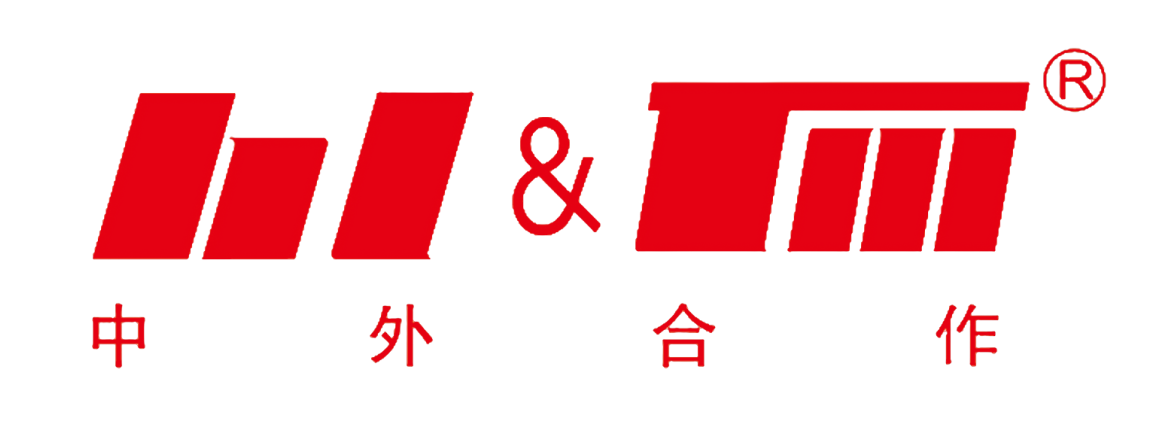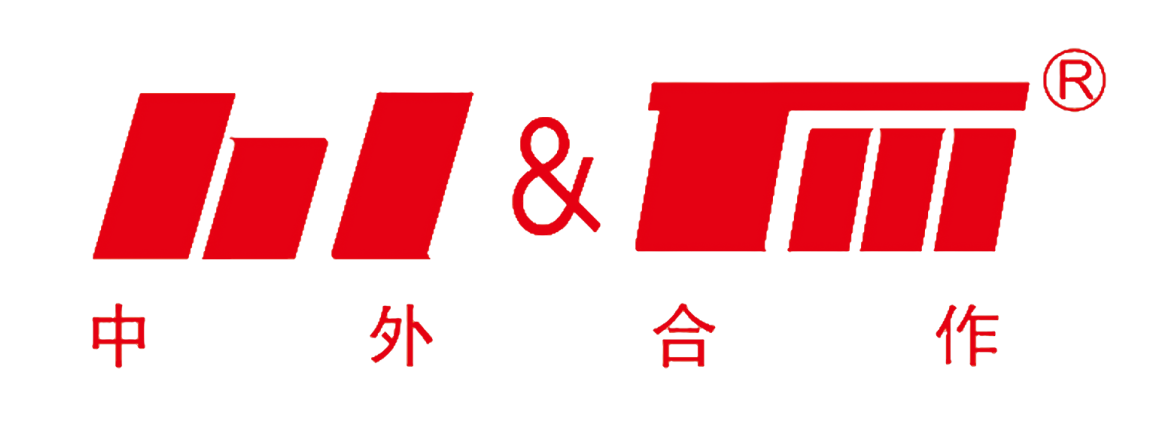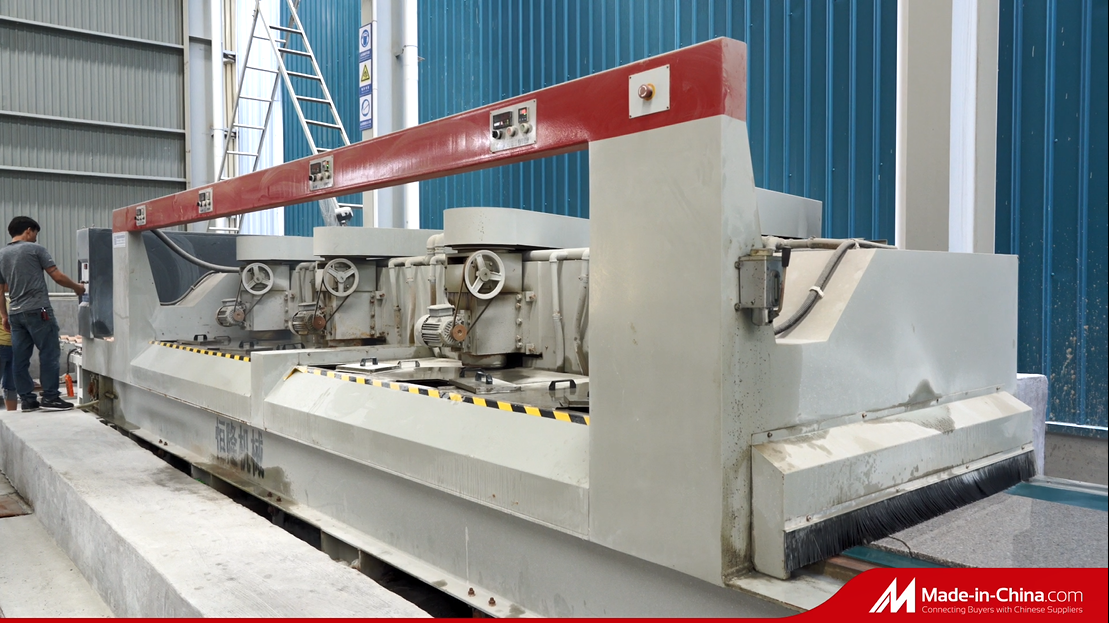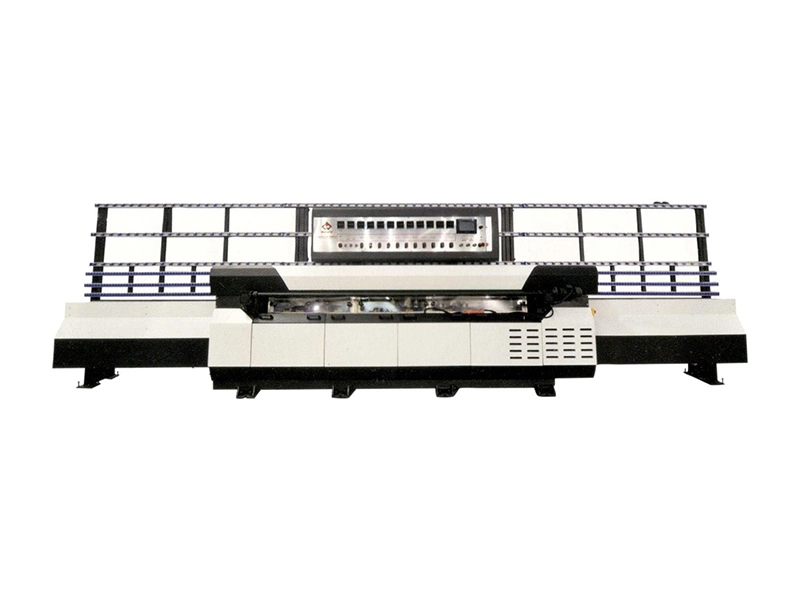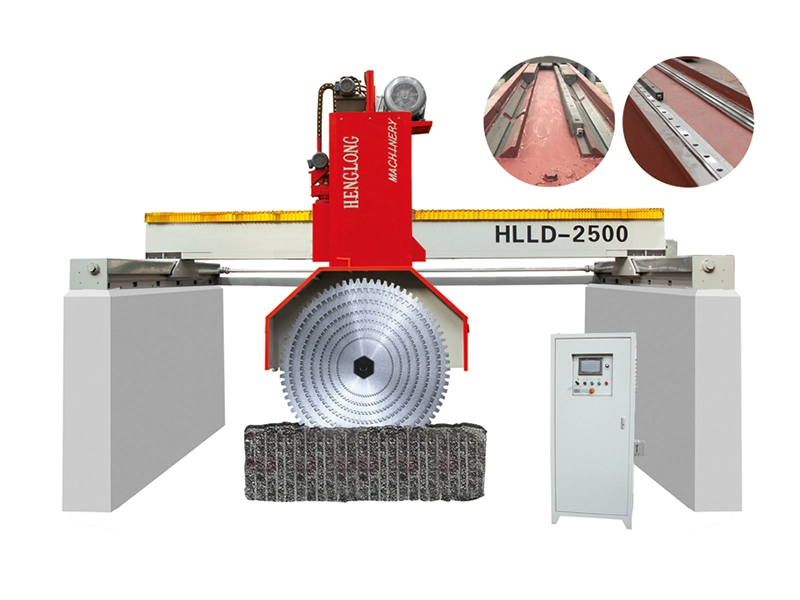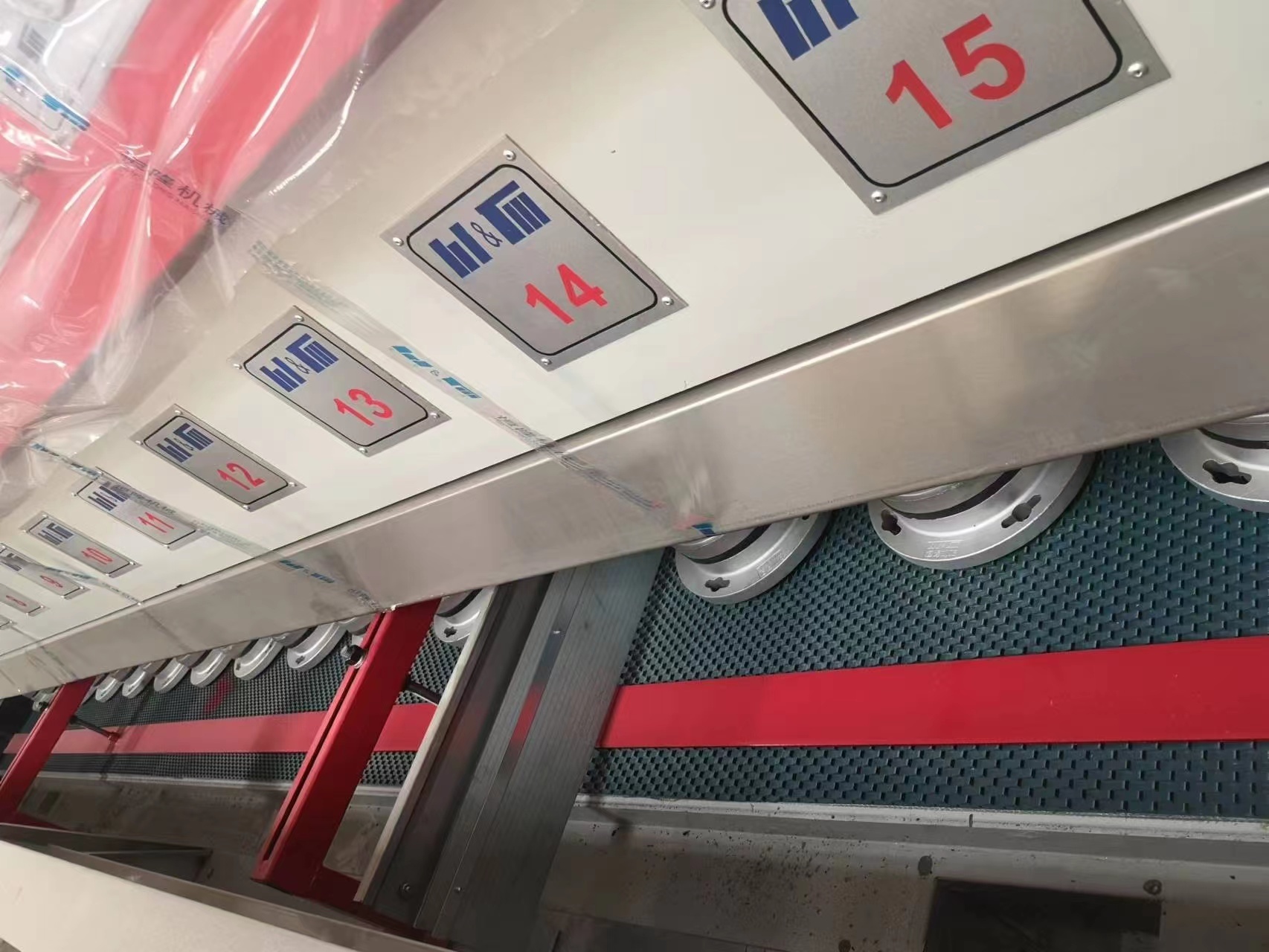Transforming Stone Processing: The Impact of Technology on Calibrating Machines
Time:
Mar 26,2025
Transforming Stone Processing: The Impact of Technology on Calibrating Machines
Table of Contents
- 1. Introduction to Stone Processing and Calibration
- 2. The Role of Calibrating Machines in Stone Processing
- 3. Historical Perspective of Stone Processing Technologies
- 4. Emerging Technologies in Stone Processing
- 5. Benefits of Modern Calibrating Machines
- 6. Choosing the Right Calibrating Machine for Your Needs
- 7. Challenges in Adopting New Technologies in Stone Processing
- 8. The Future of Stone Processing Technology
- 9. FAQs
- 10. Conclusion
1. Introduction to Stone Processing and Calibration
In the stone processing industry, the accuracy and efficiency of calibrating machines play a pivotal role in delivering high-quality products. Calibrating machines are essential for ensuring that stone materials, such as granite, marble, and quartz, meet precise thickness and flatness specifications. As technology continues to evolve, these machines are becoming increasingly sophisticated, allowing for improved performance and reduced operational costs.
2. The Role of Calibrating Machines in Stone Processing
Calibrating machines serve multiple essential functions in the stone processing workflow. **Primarily**, they ensure the uniformity of thickness across stone slabs, which is crucial for both aesthetic and structural purposes. **Moreover**, these machines significantly reduce waste by optimizing the cutting process, enabling manufacturers to maximize the yield from raw materials.
2.1 Types of Calibrating Machines
There are several types of calibrating machines employed in stone processing, including:
2.1.1 Automatic Calibrating Machines
These machines are equipped with advanced sensors and computerized controls, allowing for precision calibration with minimal human intervention.
2.1.2 Semi-Automatic Calibrating Machines
These machines offer a balance between manual oversight and automation, providing operators with more control over the calibration process.
2.1.3 Manual Calibrating Machines
While less common in modern operations, manual machines still play a role in smaller workshops where human expertise is paramount.
3. Historical Perspective of Stone Processing Technologies
The evolution of stone processing technologies has been remarkable. From rudimentary hand tools to sophisticated machinery, the industry has continually adapted to meet changing demands. **Historically**, stone processing relied heavily on manual labor and basic tools, which limited precision and efficiency.
With the advent of the Industrial Revolution, mechanized stone processing began to take shape. This transition introduced saws and grinders, significantly enhancing production capabilities. Over the last few decades, the introduction of CNC (Computer Numerical Control) technology has revolutionized stone processing, allowing for unparalleled precision and automation.
4. Emerging Technologies in Stone Processing
Recent advancements in technology have further transformed the stone processing landscape. Key emerging technologies include:
4.1 Robotics and Automation
Robotic systems are increasingly being integrated into stone processing workflows. They enhance productivity by performing complex tasks with high precision, thereby reducing labor costs and increasing efficiency.
4.2 Artificial Intelligence (AI)
AI algorithms analyze data from calibrating machines to predict maintenance needs and optimize performance. This predictive maintenance capability minimizes downtime and extends machine life.
4.3 IoT Integration
The Internet of Things (IoT) allows calibrating machines to communicate with other systems within the processing facility. This connectivity enables real-time monitoring and data collection, enhancing decision-making processes.
5. Benefits of Modern Calibrating Machines
Investing in modern calibrating machines offers several advantages for stone processing companies:
5.1 Enhanced Precision
Modern machines utilize advanced sensors and control systems, ensuring that stone slabs are calibrated to exact specifications, which is vital for high-quality finishes.
5.2 Increased Efficiency
These machines operate faster and with greater accuracy than their predecessors, enabling manufacturers to produce more finished products in less time.
5.3 Waste Reduction
With improved calibration, manufacturers can minimize material waste, leading to significant cost savings and a more sustainable production process.
5.4 Improved Safety
Modern machines often include safety features that protect operators and reduce the risk of workplace injuries, contributing to a safer working environment.
6. Choosing the Right Calibrating Machine for Your Needs
Selecting the appropriate calibrating machine requires careful consideration of several factors:
6.1 Type of Stone
Different types of stone require different calibration techniques. Understanding the specific needs of the materials you work with is crucial.
6.2 Production Volume
Evaluate your production requirements to determine whether an automatic, semi-automatic, or manual machine best suits your needs.
6.3 Budget Constraints
Balancing quality with budget considerations is essential. Investing in a high-quality machine may lead to long-term savings through enhanced efficiency and reduced maintenance costs.
6.4 Technological Features
Look for machines that incorporate the latest technologies, such as AI and IoT, to future-proof your investment and maximize productivity.
7. Challenges in Adopting New Technologies in Stone Processing
While the benefits of modernizing stone processing technology are clear, several challenges persist:
7.1 High Initial Costs
The upfront investment required for advanced calibrating machines can be significant, posing a barrier for some companies.
7.2 Training Requirements
Employees may require training to effectively operate and maintain new machinery, leading to temporary disruptions in production.
7.3 Resistance to Change
Long-standing practices and traditional methods can create resistance among staff, making it essential for management to foster a culture of innovation.
8. The Future of Stone Processing Technology
The future of stone processing is poised to be shaped by continued technological advancements. Key trends to watch include:
8.1 Sustainability Initiatives
As environmental concerns grow, manufacturers will increasingly adopt sustainable practices, such as recycling water and reducing waste through precision calibration.
8.2 Advanced Software Solutions
Software designed to optimize stone processing workflows will become more prevalent, enabling companies to enhance efficiency and reduce operational costs.
8.3 Integration of Augmented Reality (AR)
AR technology may be utilized for training and maintenance of calibrating machines, providing operators with real-time guidance and information.
9. FAQs
9.1 What is a calibrating machine?
A calibrating machine is a specialized piece of equipment used in the stone processing industry to ensure that stone slabs are uniformly thick and flat.
9.2 How do modern calibrating machines improve efficiency?
Modern calibrating machines utilize advanced technology, such as sensors and automation, to enhance precision and speed, reducing processing time and material waste.
9.3 What factors should I consider when purchasing a calibrating machine?
Consider the type of stone, production volume, budget, and desired technological features when selecting a calibrating machine.
9.4 Are there safety concerns with calibrating machines?
While modern calibrating machines include safety features, proper training and adherence to safety protocols are essential to minimize risks.
9.5 How can companies overcome resistance to adopting new technologies?
Fostering a culture of innovation and providing comprehensive training can help employees embrace new technologies and reduce resistance.
10. Conclusion
The stone processing industry is undergoing a significant transformation due to advancements in technology, particularly in calibrating machines. By embracing these innovations, manufacturers can enhance efficiency, precision, and sustainability. As we look to the future, the integration of emerging technologies will continue to shape the industry, offering new opportunities for growth and development. Investing in modern calibrating machines is not just a decision for today, but a strategic move towards a more efficient and successful tomorrow in stone processing.
RELATED NEWS
